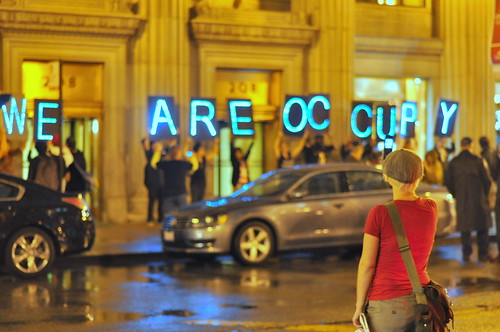Consistency in small things: wrestling with the vocation of administration

I wrote this piece on my blog for The Mennonite back in October 2012, but never got around to posting it here. I finished up my role of interim assistant director at Christian Peacemaker Teams 5 months ago and I have moved back to doing web site building. However I continue to ponder the themes in this post.
In September I accepted a position as interim assistant director with Christian Peacemaker Teams (CPT). This role comes as a bit of a surprise, for a number of reasons.
As regular readers of the blog know, I’ve been outreach coordinator with CPT for four years now and I’ve thrived in the role. I love meeting with new people and connecting them with CPT’s work. I like coming up with creative initiatives and following them through to their conclusion. I’ve walked with all our teams in the process of finding a new mission, vision and values (and soon, a new logo). I like working with changing teams of people to accomplish shared tasks together. But I’ve never been comfortable with the term “administrator,” or the “A word” as I like to think of it. I’ve always preferred “coordinator” or “organizer” to describe my work.
But then it happened. I was sitting with Rod Stafford, long-time pastor at Portland Mennonite. We were talking through logistics of their church hosting Peace, Pies and Prophets in January. “There aren’t many peacemaker administrators out there.” he said, “I wish there were more.” And then the conversation went on.
January 14, 2015 Administration, Institutions, Power Read more >







 What does neo-Anabaptism mean to you?
What does neo-Anabaptism mean to you? David Joris, painted between 1635 and 1665. From
David Joris, painted between 1635 and 1665. From 